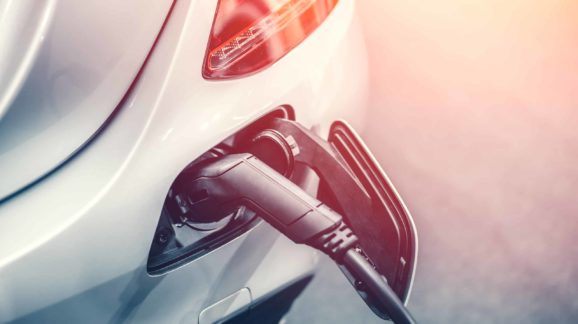General Motors’ Projections on Electric Cars Are a No Go
It seems like every big car manufacturer is climbing on the electric bandwagon, even those, like General Motors, that have been burned by the technology before.
But these commitments are hardly solid. What’s really happening is very much like the Paris Accord on climate change, setting “aspirational” goals with no concrete commitments. Honda “strives” to have two-thirds of its global fleet be zero-emission or electric by 2030. Given that they don’t have a single general-purpose electric vehicle on the road today, they’d better get cracking in the remaining 8.9 years.
GM’s CEO Mary Barra takes the cake however, knowing green cheerleaders in the press will ignore her weasel words. Read GM’s late-January press release (emphasis mine):
…the company worked with the Environmental Defense Fund to develop a shared vision of an all-electric future and an aspiration to eliminate tailpipe emissions from new light-duty vehicles by 2035.
Yet the New York Times managed to construe this headline from that statement: “GM Will Sell Only Zero-Emission Vehicles by 2025.”
This came on the heels of a November press release that GM intends to have 30 different models of EVs on the market by 2025. Good luck to the former Government Motors. Its track record on these vehicles is terrible, even as some of the products have been pretty darned good machines.
But the first one, the 1996 EV1, was arrogantly terrible. The company didn’t innovate very much at all in its design, instead strapping together nearly 1200 lbs. worth of lead-acid batteries (similar to the one under your hood today). Knowing full well that cold weather is lethal to these batteries, GM only leased — never sold — the car in Los Angeles, San Diego, Phoenix and Tucson for a few years, and then took them to the scrap heap once the leasing program expired.
The original range of the car was around 60 miles — abominable, considering the long commutes in our Pacific Southwestern cities. The addition of another hundred pounds of Panasonic batteries brought the range up to 100 miles. The second generation EV1 used then-modern (nickel metal hydride) phone batteries and got up to 160 miles of range.
The limitations on these cars made them impractical, and it should in their manufacturer’s failure to profit. Bob Lutz, who was head of product development at GM, said that each one cost the company $250,000, while they only reaped around $550 per month in lease fees.
Lutz’ comments were made during the rollout of GM’s next electric, the star-crossed Chevrolet Volt, a highly innovative machine that cured EV drivers’ most serious mental condition, “range anxiety.” Run a Tesla out of battery and it’s a brick — the wheels won’t even turn. Run a Volt out of its 25-50 mile electric-only range (which varies depending upon weather and driving style), and its perfectly fine internal combustion engine runs a generator that recharges the batteries on the fly. Right before its 2010 debut, GM CEO Dan Atkisson said the company wanted to produce 100,000 per year, and that the Volt “could be the future of GM.”
Not really. Thanks to torpid sales and unusually high production expenses, GM announced the death of the Volt in November, 2018.
Fast-forward a mere two years. After two profoundly expensive flops, GM announced that, within two years, it will be marketing 20 new types EVs, and that it will only sell passenger car EVs by four years from now. And finally, 14 years from now, they “aspire” that net emissions from their production and vehicles they sell will be zero.
This is smoke and mirrors about cars that don’t burn anything.
Read the full article at Real Clear Policy.
